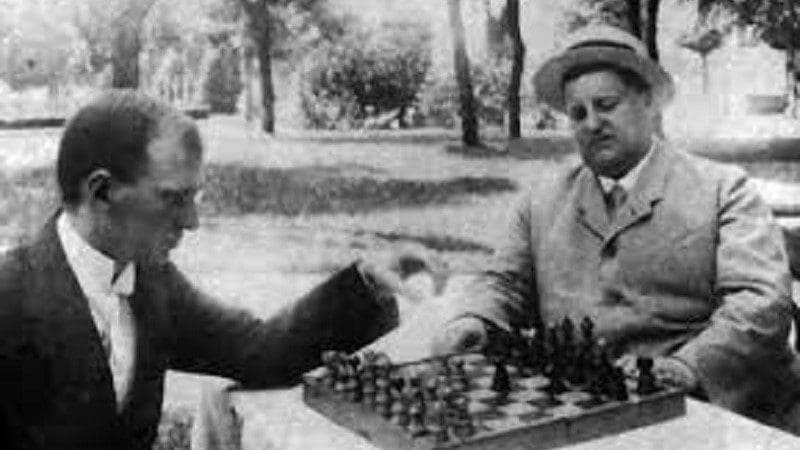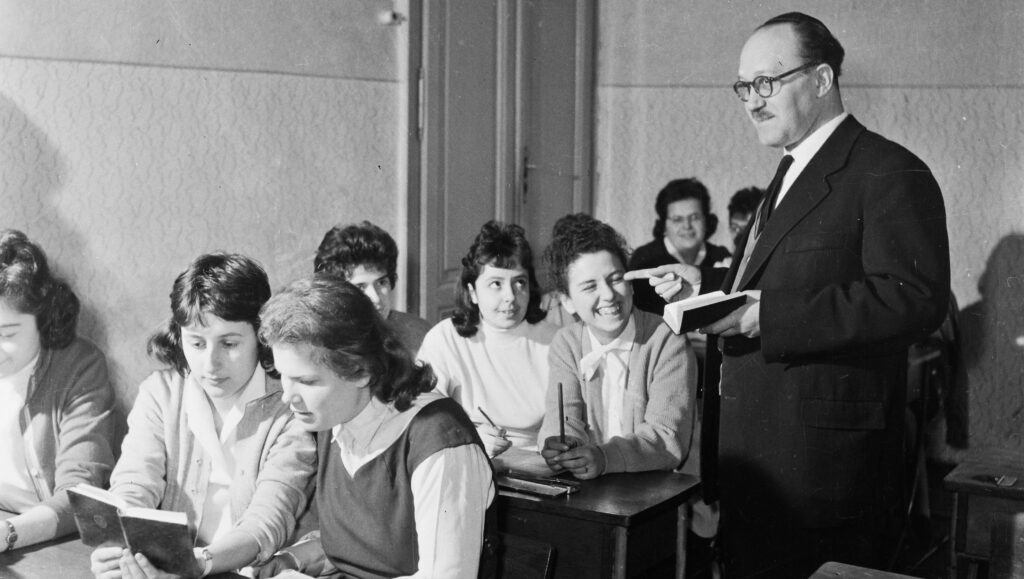Hungarian Conservative has already paid tribute to the most widely recognised Hungarian chess grandmaster, Judit Polgár. Judit Polgár is known to be the best female chess player in world history, being the only one woman who managed to collect more than 2,700 Élő points. Noting her outstanding success, it is worth commemorating another unmatched Hungarian chess prodigy, who laid the foundation for any successes the country has had in this extraordinary sport. 18 August holds special significance as it marks the birth of István Abonyi in 1886. Abonyi, born 137 years ago today, was a decorated chess player and the co-founder of both the International Chess Federation (FIDE) and the Hungarian Chess Federation.
Born to a successful Hungarian-Jewish family in Budapest, he commenced his career path as a lawyer and worked in that profession for a while. However, being an heir to his family’s large inheritance, he was fortunate enough to devote his time, energy and effort to the passion of his life—chess. His first well-known tribute as a chess player was at the first All-Hungarian Chess Championship in 1907, where he managed to score among the top players. A couple of years later,
he developed and played a special technique, the so-called Abonyi Gambit,
another Hungarian contribution to the game of chess (formalised on the chessboard, it is 1.Nf3 d5 2.e4). In cooperation with Zsigmond Barász and Gyula Breyer—also prominent Hungarian chess champions—Abonyi developed the Budapest Defence or Budapest Gambit (1.a3 Nf6 2.b3 e5), which he successfully implemented against the Dutch surgeon Johannes Esser in a Budapest-held tournament. His skills were unparalleled at the time, as testified by a wealth of historical evidence from 21 and 22 January 1928.
During the same event, he engaged in simultaneous matches against an astounding number of opponents, 300 to be exact, across 105 chessboards. His performance was nothing short of extraordinary—he managed to secure 79 victories, suffered only six losses, and achieved 20 draws. Thanks to his genius, he earned international respect, especially after taking the first place in the Viennese tournament of 1923 and the second place a year late in Paris. Two years earlier, as the best Hungarian blitz player, he secured a commanding victory in 1921 in Budapest.
His feats in the realm of chess led him to hold important positions within the Budapest Chess Circle from 1914 to 1940, where he occupied positions such as secretary, general secretary, president, and executive president. Moreover, between 1921 and 1937, he served as a founder, secretary, general secretary, and president of the Hungarian Chess Association, too.
As a recognition of his vital contributions to the realm of chess culture, he was bestowed with the title of Hungarian Royal Chief Government Advisor in January 1928. Additionally, he played a key role in the International Chess Federation, being a founding member and a member of its presidential council as well. Furthermore, from 1935 to 1939, he held the esteemed position of President of the International Chess Federation of Correspondence.
As to the latter part of his career, he was indeed a fervent participant in correspondence chess tournaments throughout the 1930s, where he secured notable victories for Hungary. Abonyi led the Hungarian team to a resounding 1.5–0.5 victory against Germany in 1936, proving his strategic prowess and leadership skills. Additionally, his guidance led to a 1–1 draw against Latvia in the years 1939–40.
His research and writing accomplishments are also worth commending. The aforementioned Abonyi Gambit was not a spontaneous idea, but a strongly developed chess theory backed up by scientific evidence. In addition, he developed and published his own, modernised version of the Budapest Defence, that he subsequently published in the German chess magazine Deutsches Wochenschach. He also relaunched the Hungarian Chess Federation’s chess journal the Hungarian Chess World (in Hungarian: Magyar Sakkvilág), in which he also worked as an editor. Abonyi also wrote introductions to some chess-related books, as well as chapters for the History of Hungarian Chess.







